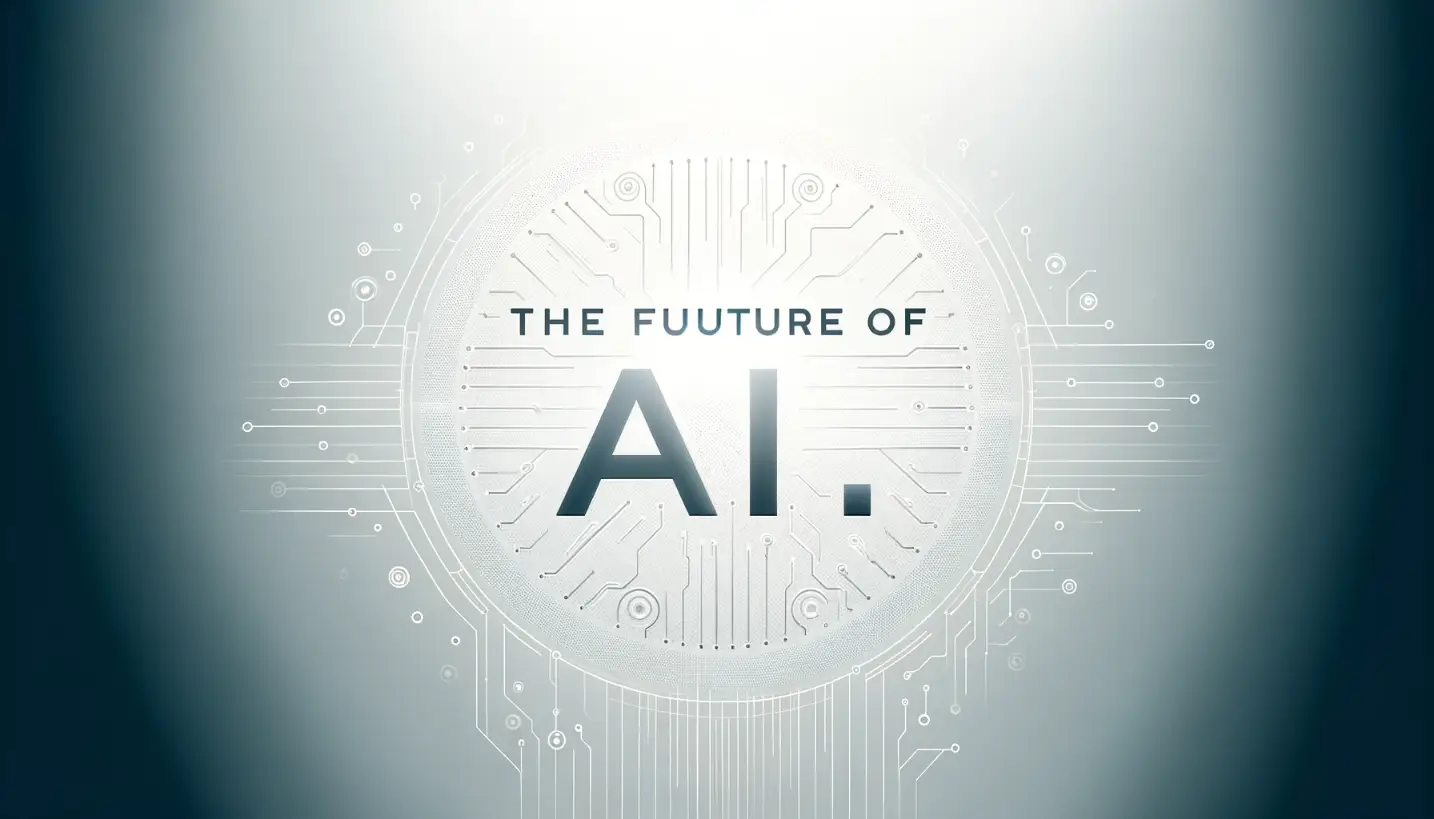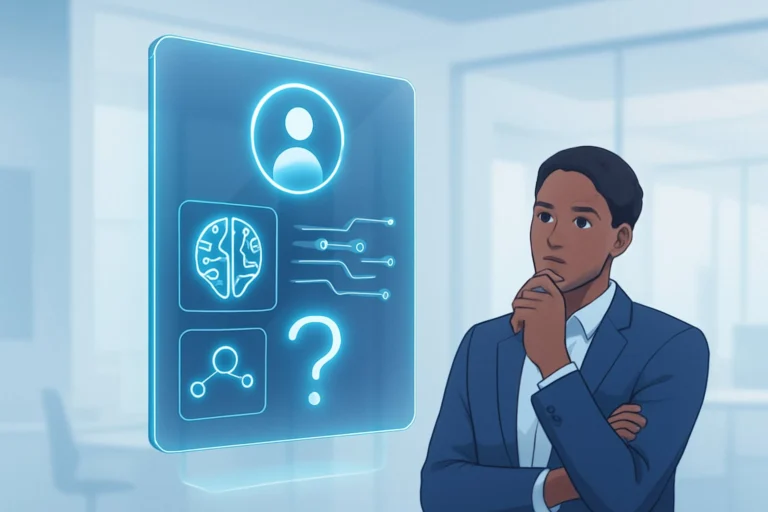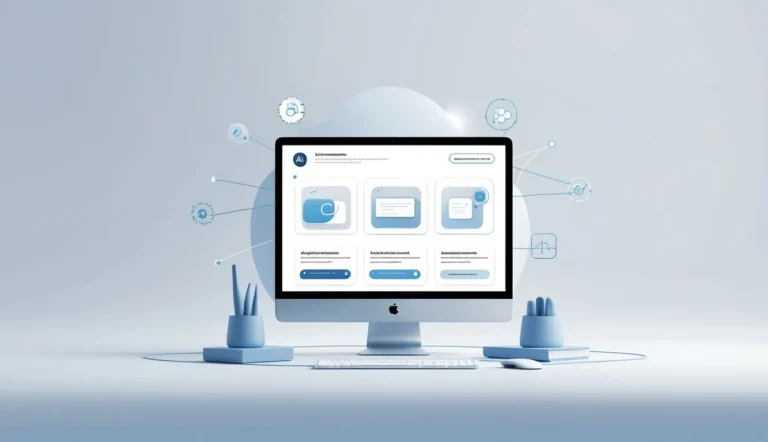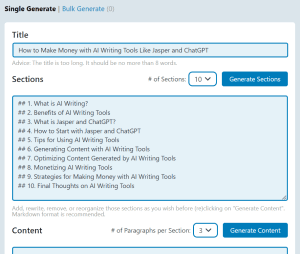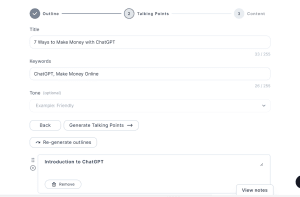Exploring the ever-evolving arena of artificial intelligence (AI), this article delves into the expected progressions within AI realms such as the Internet of Things (IoT), natural language processing (NLP), healthcare applications, and autonomous vehicles.
AI meets IoT: Crafting Intelligent Networks
AI’s fusion with IoT heralds the dawn of smart ecosystems extending across cities and daily life. This union forecasts a surge in the efficacy of energy use and city services. Smart cities exemplify this future, with AI deciphering IoT sensor data to enhance traffic, safety, and resource management.
Urban planning transformed by AI
- AI’s data analysis could drastically reshape urban design, easing traffic and bolstering eco-friendliness.
- Predictive AI might foresee infrastructure issues, curtailing expensive repairs.
The evolution of natural language processing
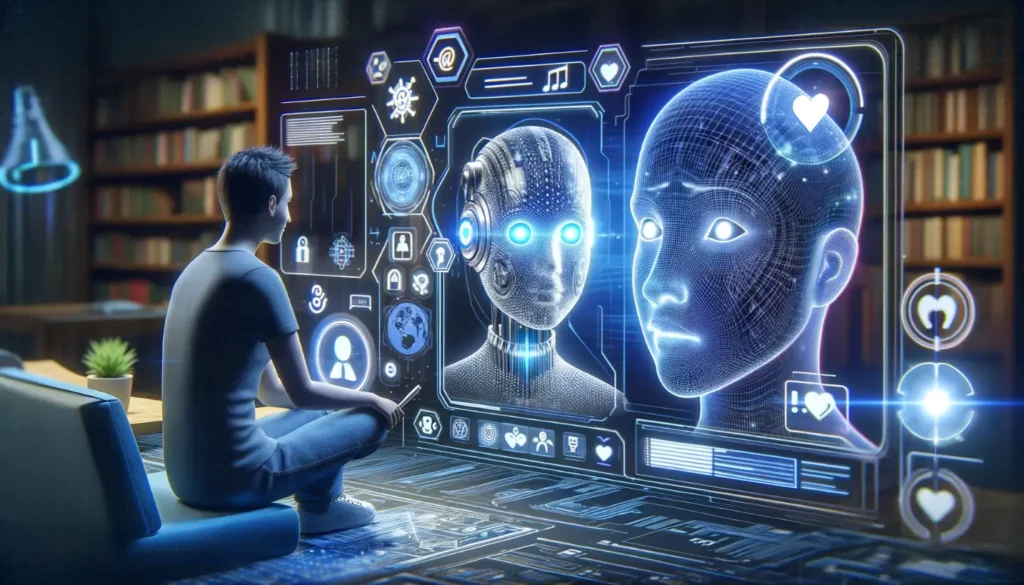
Anticipated leaps in NLP aim to close the gap between human and machine communication. Future NLP will likely understand contextual clues and emotional nuances, rendering AI conversations remarkably human.
NLP’s next frontier
- Sentiment analysis advancements for superior customer service.
- Advanced chatbots offering nuanced support and company.
Healthcare’s AI revolution: precision and personalization
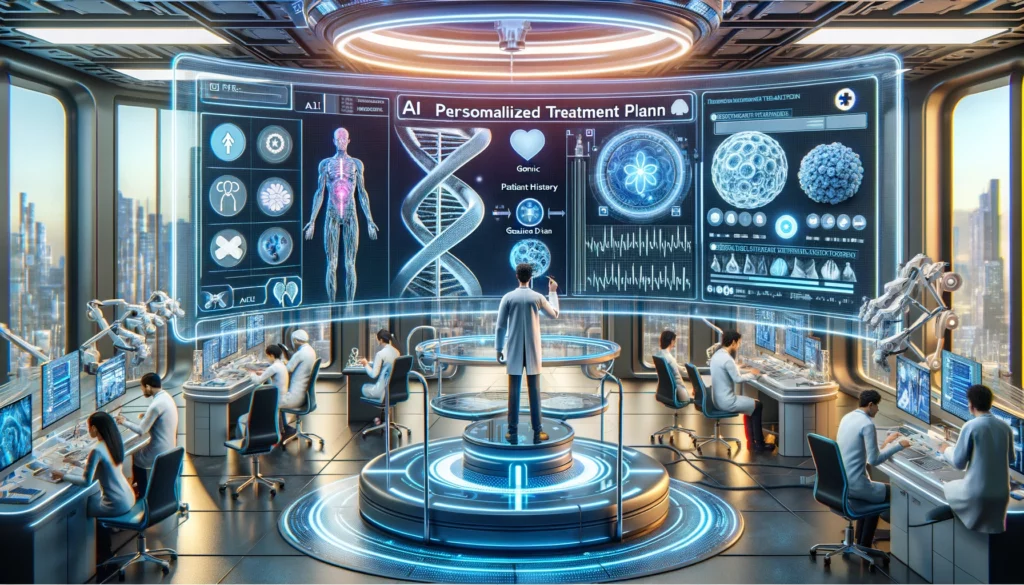
AI in healthcare is set to overhaul diagnosis and treatment methods. Learning from extensive data, AI will pinpoint patterns humans miss, fostering early detection and individualized therapy options.
Breakthroughs in medical AI
- AI algorithms will enable custom-tailored treatments based on personal genetics.
- AI-guided robotic surgery promises unmatched precision, minimizing complications.
The drive toward autonomous vehicles
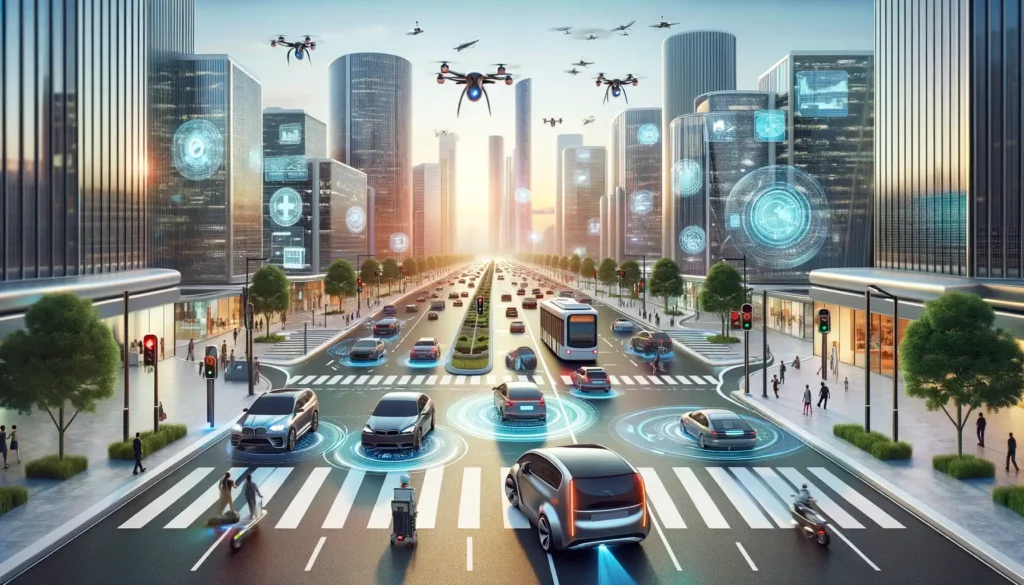
AI steers the future of driverless vehicles, promising a shift in how we travel. Enhanced learning algorithms will allow for AVs’ safe, efficient navigation through intricate surroundings.
The road ahead with AVs
- A decrease in traffic incidents as AVs outperform human reflexes.
- Urban landscapes are reshaped by the reduced need for parking with the rise of AVs.
Conclusion
The academic perspective on AI’s trajectory portrays a sweeping influence on diverse domains. The synergy with IoT, breakthroughs in NLP, healthcare innovations, and autonomous vehicles are a snippet of AI’s capacity to enrich humanity. Amidst AI’s growth, ethical considerations remain paramount to align AI with societal aspirations.

